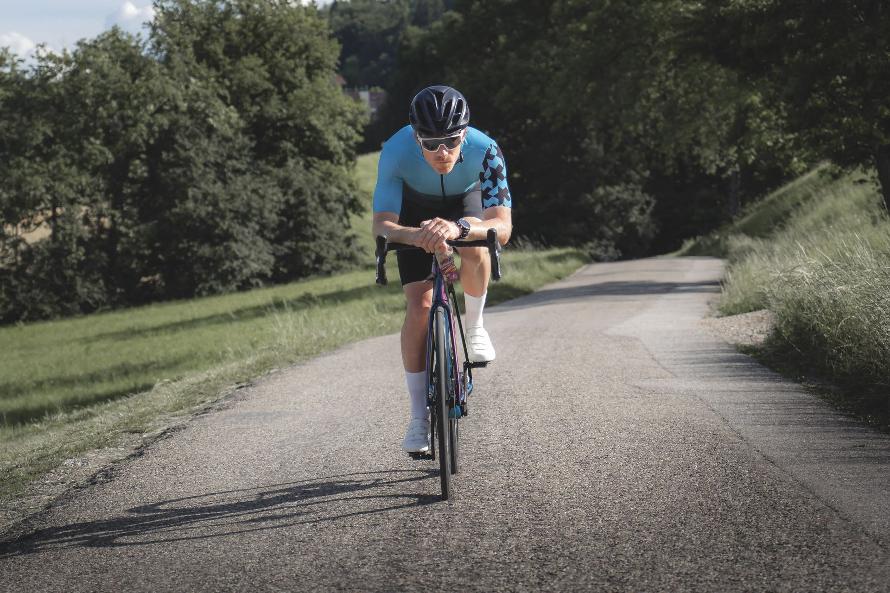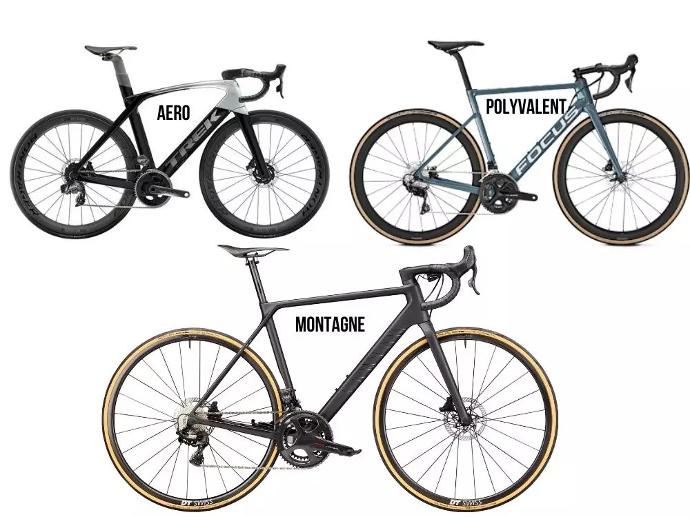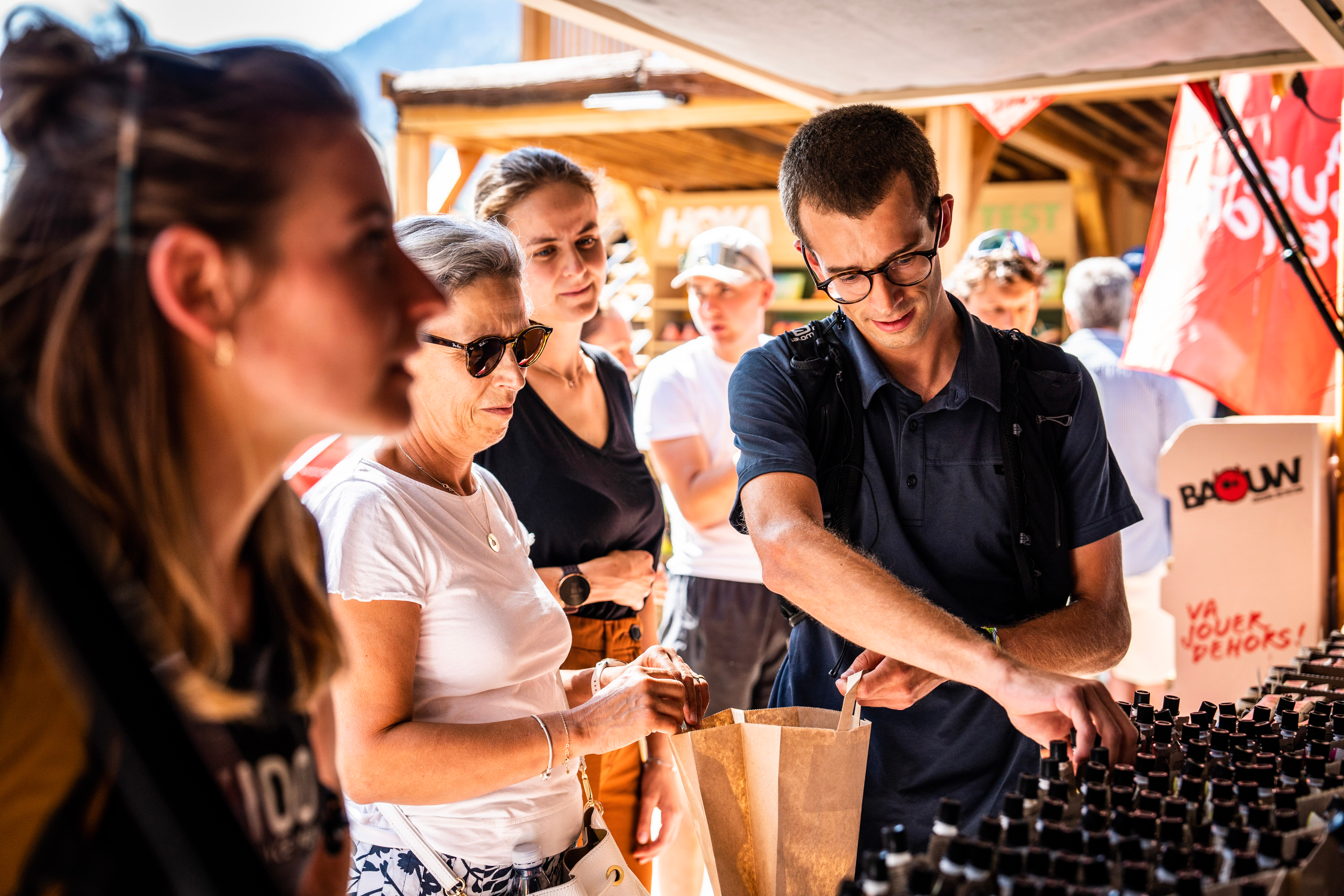BAOUW HAS 5 TIPS TO HELP YOU GET THE MOST OUT OF YOUR MOUNTAIN OUTING!
PREPARE:
La veille au soir prend un dîner digeste, avec des aliments composés de glucides et faible en graisse comme les lentilles, la patate douce ou les légumes cuits à la vapeur.
In the morning, opt for a high-protein breakfast with eggs, avocado, wholemeal bread, goat's or sheep's cheese, even ham or chicken. The ‘French’ breakfast is the antithesis of performance because it is saturated in sugar and very poor in nutrition. It is advisable to finish your meal about 3 hours before the first difficulties. (You can, however, ride from two hours if you start downhill or in the wheels).
Use the right equipment: there are as many bikes as there are types of cycling, but there are generally three main families of traditional road bikes:
Aero bikes are designed to minimise wind resistance. The cables are integrated, the tubes are thick and rigid, and the cockpit is often monobloc (handlebars and stem assembled). Finally, the wheels are often carbon and high-profile to maximise inertia and rigidity. However, these bikes are less accessible in the mountains because they are very stiff and often heavier. It is estimated that aerodynamic gains start at 21km/h.... Unless you're very fast, it won't work on the Col du Galibier!
Then there are the more versatile bikes, which are stiff and light but not too light... these are all-purpose bikes that allow you to go everywhere without losing too many feathers!
Enfin, les vélos de montagne, de vrais bijoux de technologie, étudiés pour leur poids très minime dans le but de grimper le plus rapidement possible. On délaisse les grosses roues en carbone pour de petites roues fines. Pour débuter en montagne, des vélos polyvalents/montagnes seront plus adaptés pour que l'ascension ne devienne pas une descente aux enfers !
Dress well: it's not just the bike that will have an impact on your outing. Don't necessarily go for a full-body suit, opt for a lightweight jersey/shorts combo that's airy enough to ventilate your body better!
All the gains linked to aerodynamics have less impact on a climb. In fact, these gains are invaluable when you're reaching 40km/h, whereas in the Iseran you'll be doing between 10 and 20 an hour, or even less if you get the munchies! At the top of the passes, you need to get dressed quickly. You can take a simple windbreaker, but you can also take shoe covers, your Baouw choker, etc.
TURNING THE RODS:
Adapting your gear ratio is essential in the mountains! The gear ratio is the combination between the chainrings and the cassette, so the number of revolutions the pedals make in one minute is called rpm. As a general rule, it's better to twist your legs (high cadence) when climbing and pull harder (lower cadence) on the flat. However, these are just principles, and in reality everyone has their own preferences.
In the mountains, it's best to keep your cadence high, as this allows you to use your heart more and your legs less. You may be more out of breath, but you won't cramp! In terms of figures, try to stay between 85 and 95 revs per minute!
Gear ratios have come a long way since the days of the pirate (Marco Pantani), when riders climbed in 39/23 or even 39/22 for Pantani in the legendary ascent of Alpe d'Huez! On the contrary, today's riders have very high cadences, like Froome and his 100+ rpm on certain cols!
GARDER UN RYTHME CONSTANT :
It's important to be consistent on the climb. Don't go too fast, that's the key to performance! There are a number of tools you can use to ensure a steady climb:
- If the pass is very regular, like the Télégraphe, you can set yourself an index in km/h 11, 16 or 18, it doesn't matter, the aim is to be regular! The only problem.... is if the gradient varies.
- Using a heart rate monitor is a good indicator for a one-hour climb, and it's also a good tool for measuring your fatigue (if at 15km/h your heart rate is 160 and the next day at the same speed it's also 150, then that tells you that you're more tired on the second day). The heart rate sensor may vary, but the ultimate weapon... is the power sensor!
- The power sensor is a highly factual piece of data, giving you exactly how much power the rider puts out on the pedals in watts. So every cyclist has a power curve, which is very personal. Everyone knows, on the basis of different tests (1mn 5mn or 20mn), how much power they are capable of developing during an effort. Watts cannot be compared because they correspond to weight. To compare, you need to talk in terms of watts per kilo.
To illustrate this, we'll compare these two performances:
The two analyses come from Mont Ventoux with a similar wind and temperature, and the weight of the two runners is almost identical.
Why did number 2 take 2min30 off the first? Simply because of the consistency of the effort! The first, who is a pro rider, was a team-mate in the race and therefore had to work hard to protect his leader, with peaks of almost 600 watts, whereas he developed almost 330 watts on the climb. In contrast, the second-placed rider, who is in the second category, rode like a metronome, maintaining an average of 330 watts throughout the climb.
To conclude, watts are a factual figure that gives a result at a given moment. The average value would always be higher on a climb if there were no variations.
The aim is therefore neither to start too hard nor too slowly, but to be right at the target value that a rider believes he is capable of achieving in a given time. This is called a power curve.
SET MICRO OBJECTIVES: :
It's demoralising to think that the summit is so many kilometres away. You have to go one step at a time, each kilometre a challenge. If you're climbing Alpe d'Huez and its 21 bends, think of 21 friends to keep your mind occupied during the ascent! If your day consists of the Galibier, Iseran and Cormet de Roselend, divide it into three outings and don't think about the Cormet on the Galibier!
EAT AND DRINK PROPERLY:
It's sometimes difficult to eat on steep slopes. There are two solutions: wait for a gentle slope to ease your digestion or consume liquid products like your Baouw puree.
Hydration is essential on all your cycling trips, especially when you're just starting out. So hydrate regularly. Don't wait for your body to call out for water. Anticipate this sensation by drinking a 500ml bottle every hour if it's hot or your ride is fairly intense. Glycaemic indexes are data that really need to be taken into account during climbs, and the ideal is to have a linear energy supply throughout your outing. Using products with a low glycaemic index is a good solution, as it avoids the ‘YOYO’ effect, with a peak in insulin followed by an often fatal drop... In addition to your Baouw bars or purées, you can eat nuts (almonds, hazelnuts, walnuts) or hard-boiled eggs.









